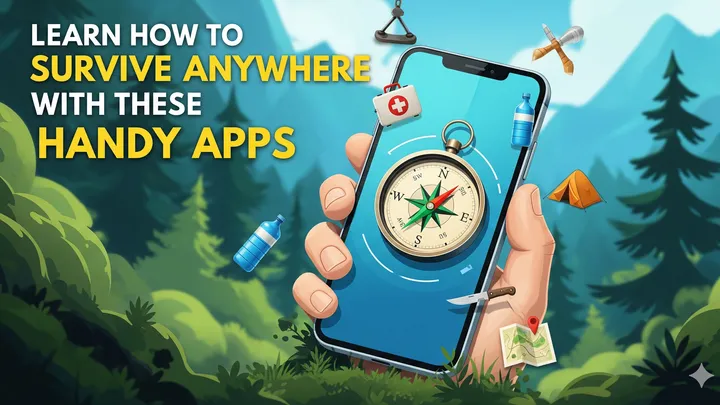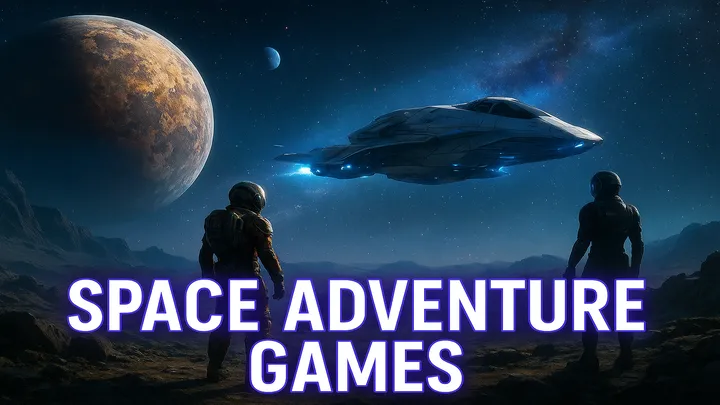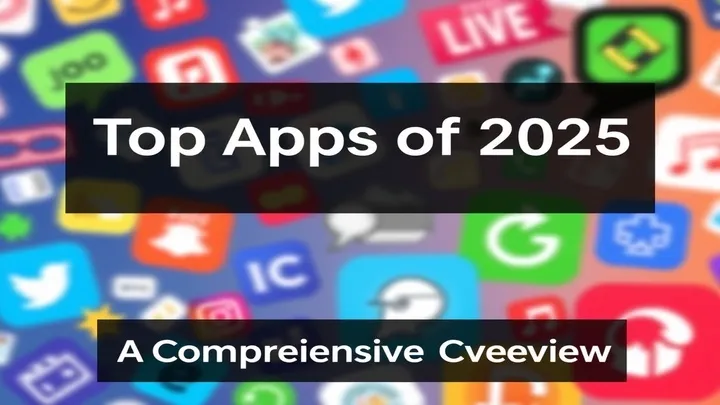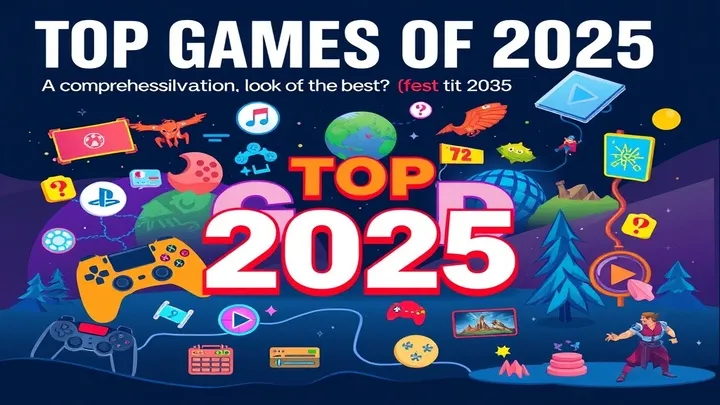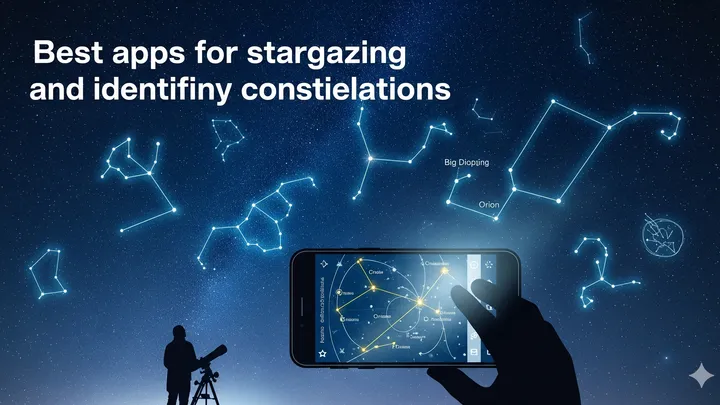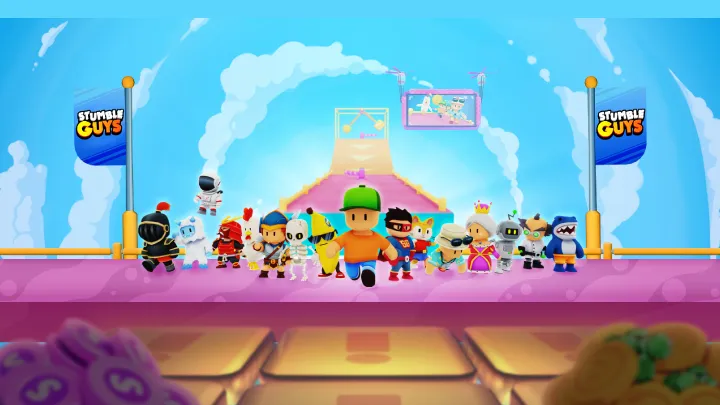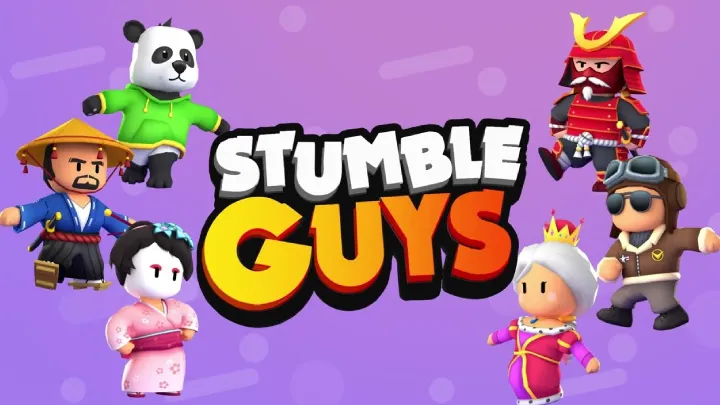Over the past decade, mobile gaming has transformed from a niche category into the driving force of the global gaming industry. What was once dominated by simple puzzle games and casual distractions has evolved into a powerful platform capable of delivering experiences that rival PC and console titles. With billions of active players worldwide and revenues surpassing other gaming segments, mobile has established itself as the heart of modern gaming culture.
Yet, with thousands of games flooding app stores, only a select few have risen above the competition. These standout titles are not just games; they are cultural phenomena that influence how players connect, spend, and engage. They push the boundaries of what mobile hardware can achieve and redefine the social and economic aspects of gaming.
In this article, we’ll explore five of the most influential mobile games shaping the current era: Genshin Impact, PUBG Mobile, Call of Duty: Mobile, Roblox, and Clash of Clans. Each represents a unique genre, playstyle, and community — yet all share the same achievement of leaving a lasting imprint on global gaming.
Genshin Impact – The Open-World Adventure on Mobile
When Genshin Impact launched in 2020, it took the gaming world by storm. Developed by HoYoverse (formerly miHoYo), the game broke expectations by delivering a full-fledged open-world action RPG on mobile devices. It wasn’t just another mobile RPG — it looked, felt, and played like a console-level experience.
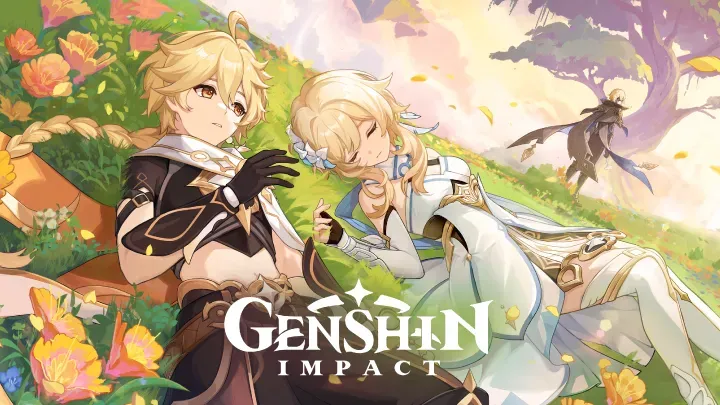
At its core, Genshin Impact offers exploration, elemental combat, and a vast narrative-driven world known as Teyvat. Players unlock characters with unique elemental affinities — such as pyro, hydro, or electro — and combine their skills for devastating effects. This elemental synergy creates depth and strategy, elevating the combat far beyond simple button-tapping mechanics typical of mobile games.
The visuals set Genshin Impact apart. Its anime-inspired art direction, detailed landscapes, and seamless open-world traversal were unprecedented for mobile gaming. Players could climb mountains, glide across valleys, and swim through rivers with no loading screens — a level of immersion once thought impossible for phones.
Another key to its success is the gacha system, where players collect new characters and weapons. While monetization through gacha can be controversial, HoYoverse consistently delivers high-quality updates, new storylines, and fresh characters that keep players engaged. The live-service model ensures that the world of Teyvat is always evolving, with new regions unlocking over time.
Perhaps most importantly, Genshin Impact blurred the line between platforms. With cross-save compatibility across mobile, PC, and PlayStation, it showed that mobile games could seamlessly integrate into the broader gaming ecosystem. For millions of players, mobile was no longer the secondary platform — it became their main gateway to a AAA adventure.
PUBG Mobile – The King of Battle Royale
If Genshin Impact redefined RPGs on mobile, PUBG Mobile set the standard for competitive shooters. Originally based on the PC hit PlayerUnknown’s Battlegrounds, the mobile version brought the high-stakes thrill of battle royale to a wider global audience.
The premise is straightforward yet addictive: 100 players parachute onto an island, scavenge for weapons and gear, and fight to be the last one standing. On mobile, this formula translated perfectly. The touchscreen controls were surprisingly intuitive, and Tencent, the developer, optimized the game to run smoothly on a wide range of devices, from budget smartphones to flagship models.
What makes PUBG Mobile a titan isn’t just the gameplay — it’s the cultural phenomenon it created. The game exploded in regions like India, Southeast Asia, and the Middle East, where mobile gaming dominates. Local tournaments, streaming, and community-driven events turned it into more than a game — it became a lifestyle for millions.
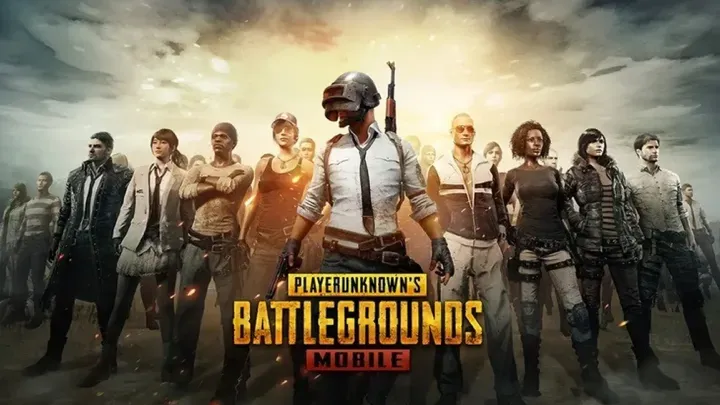
The monetization model is centered around seasonal battle passes, offering cosmetic skins, outfits, and weapon designs. This system not only fuels revenue but also keeps players returning every season to unlock rewards. Combined with frequent updates, new maps, and limited-time modes, PUBG Mobile maintains a sense of freshness despite its core loop staying the same.
Its competitive scene has also cemented its place in eSports. Massive tournaments with million-dollar prize pools attract global attention, showing that mobile eSports can stand shoulder-to-shoulder with PC and console competitions. In many ways, PUBG Mobile democratized competitive gaming by making it accessible to anyone with a smartphone.
Call of Duty: Mobile – Console-Level FPS on Mobile
The Call of Duty franchise is a household name in gaming, but its mobile iteration surprised even longtime fans. Call of Duty: Mobile wasn’t just a watered-down version of its console counterpart; it was a carefully crafted experience tailored for touchscreens while preserving the franchise’s intensity.
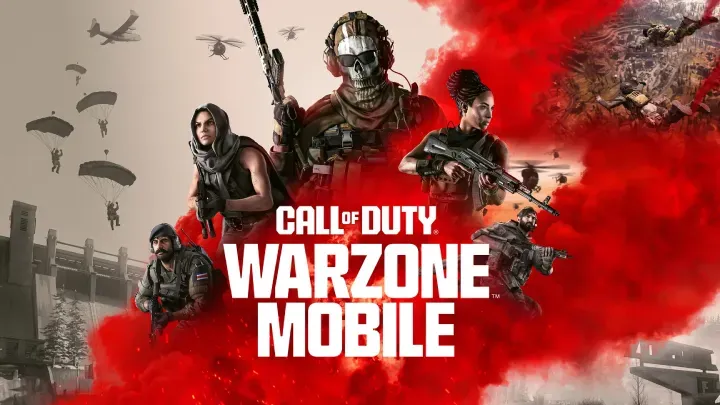
Unlike PUBG Mobile, which focuses solely on battle royale, COD Mobile delivers both traditional multiplayer modes and a battle royale experience. Players can jump into fast-paced matches like Team Deathmatch, Domination, or Search and Destroy, all set in iconic Call of Duty maps such as Nuketown and Crash. This variety makes the game appealing to both casual players looking for quick matches and hardcore fans seeking tactical depth.
The weapon system is robust, with deep customization options. Players can fine-tune their loadouts, attachments, and operator skills, mirroring the complexity of the console games. The ranking system further motivates competitive play, pushing players to climb tiers and prove their skill.
Regular updates are a hallmark of the game. Each season introduces new operators, weapons, and limited-time modes, ensuring there’s always something fresh. Activision has also embraced collaborations, adding pop culture-themed skins and crossover events that broaden its appeal.
In terms of competitive play, COD Mobile has carved out its space in the mobile eSports scene, with regional tournaments and global championships. It may not have the grassroots dominance of PUBG Mobile, but it appeals strongly to FPS enthusiasts who grew up with Call of Duty on consoles and now seek the same adrenaline on mobile.
Roblox – Creativity Meets Community
While most mobile games focus on structured gameplay, Roblox is a different beast entirely. It’s less a single game and more a platform where players create, share, and experience countless virtual worlds. This flexibility has made Roblox one of the most important cultural touchstones in gaming today.
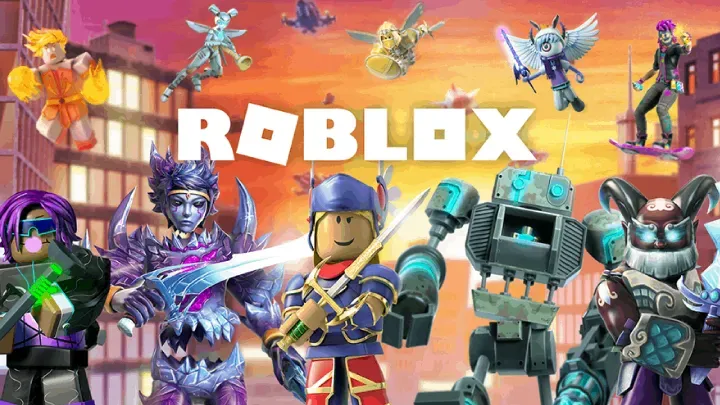
At its heart, Roblox empowers users to become creators. The Roblox Studio toolset allows anyone, regardless of experience, to design games, build environments, and craft interactive experiences. From obstacle courses to role-playing worlds, the diversity of content is staggering. For many young players, it serves as their first step into game development.
The economic model further incentivizes creation. Developers can monetize their games using Robux, the platform’s currency, which can be converted into real money. This has given rise to a generation of teenage developers earning significant incomes from their creations, blurring the line between hobby and career.
Social interaction is another cornerstone of Roblox. Players meet, chat, and role-play within these user-generated worlds, making it as much a social platform as a gaming one. For younger audiences especially, Roblox functions as a digital playground where imagination and friendship intersect.
Its cultural influence cannot be overstated. From fashion brands hosting virtual events to concerts featuring real-world artists, Roblox has become a hub where entertainment, creativity, and community converge. It’s not just a game platform — it’s a reflection of how digital interaction is evolving.
Clash of Clans – The Strategy Classic That Endures
Few mobile games have achieved the enduring relevance of Clash of Clans. Released in 2012 by Supercell, it remains one of the most successful strategy games on mobile, nearly a decade later. Its staying power lies in its combination of accessible gameplay, strategic depth, and social connectivity.
The core loop revolves around building a base, gathering resources, and defending against enemy raids while launching attacks of your own. Players must balance upgrading defenses, training troops, and managing resources, creating a steady progression curve that keeps them invested over time.
One of the game’s defining features is clan-based gameplay. Joining a clan allows players to participate in Clan Wars, where teamwork and coordination are essential. This cooperative element fostered strong communities and long-term engagement, setting a standard for social integration in mobile strategy games.
Supercell has kept Clash of Clans relevant with regular updates introducing new units, spells, and defenses. The addition of new modes like Clan War Leagues and Clan Games further expanded gameplay variety. Despite countless competitors entering the mobile strategy space, Clash of Clans continues to dominate thanks to its polish and consistent innovation.
Its monetization model is also noteworthy. While free-to-play at its core, the ability to speed up progress through in-app purchases remains a key revenue driver. However, unlike many pay-to-win titles, Clash of Clans balances monetization with fair gameplay, ensuring that skill and strategy still matter.
Conclusion
The top five mobile games we’ve explored — Genshin Impact, PUBG Mobile, Call of Duty: Mobile, Roblox, and Clash of Clans — highlight the diversity, innovation, and global impact of mobile gaming. From sprawling open worlds and competitive shooters to user-generated platforms and enduring strategy classics, these titles define what mobile gaming has become: a powerhouse of creativity, community, and culture.
Together, they show that mobile games are no longer casual side projects. They’re central to the industry, shaping player expectations, redefining genres, and even influencing the way people connect in the digital age. As technology continues to evolve, the next decade will likely see even more ambitious titles, but these five will be remembered as the benchmarks that proved mobile could stand alongside — and even surpass — traditional platforms.








